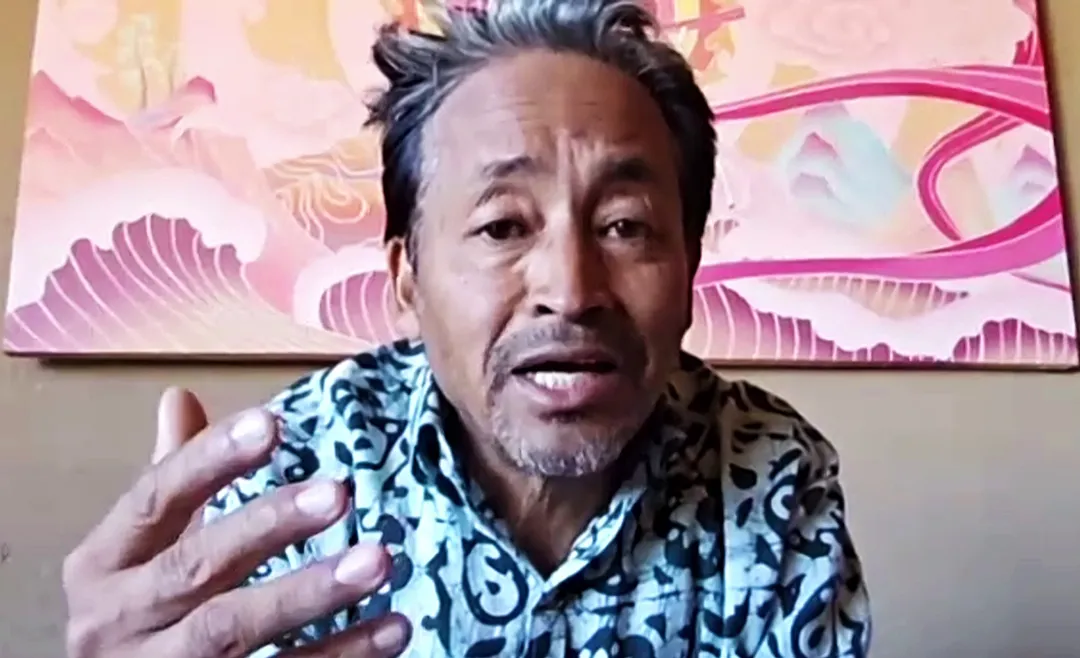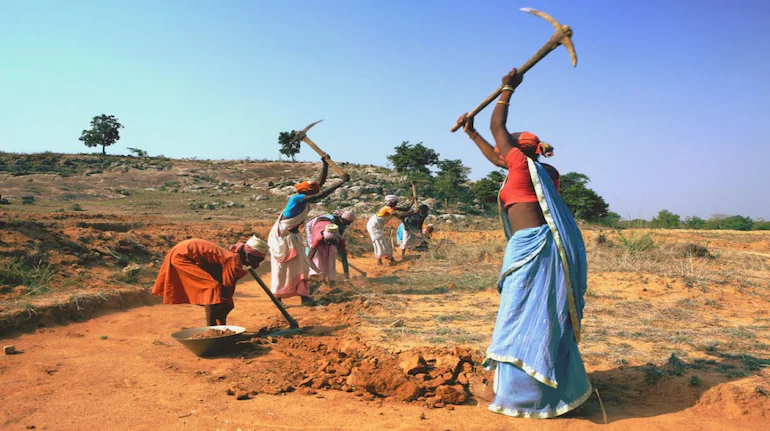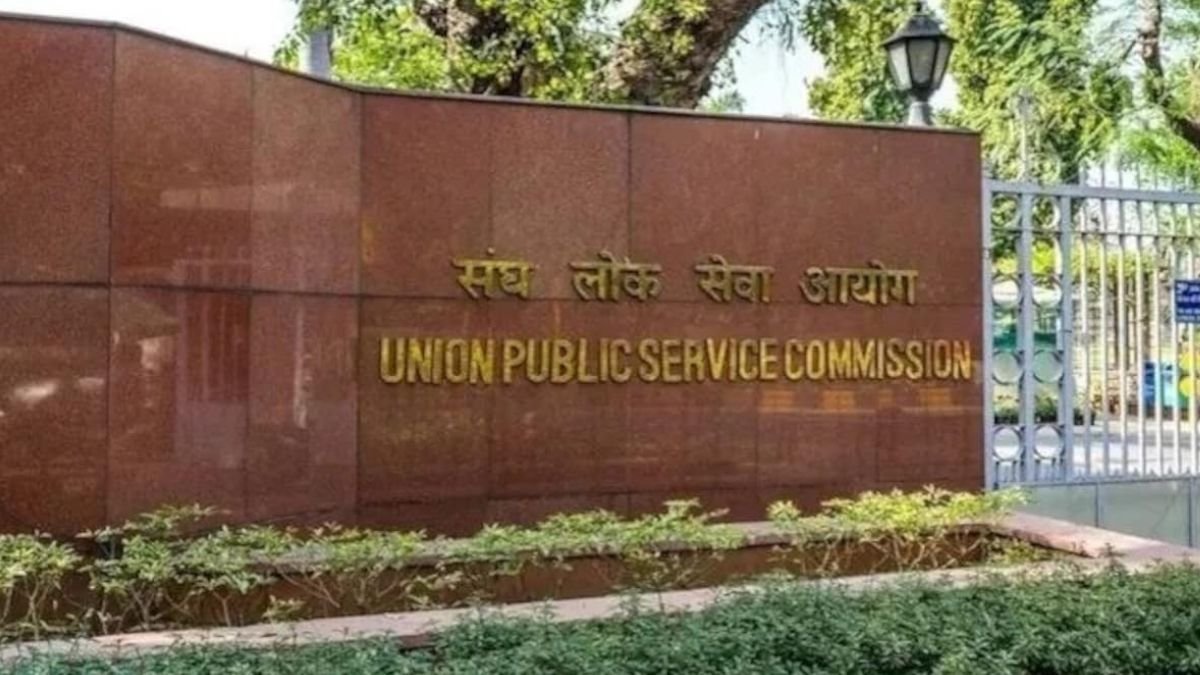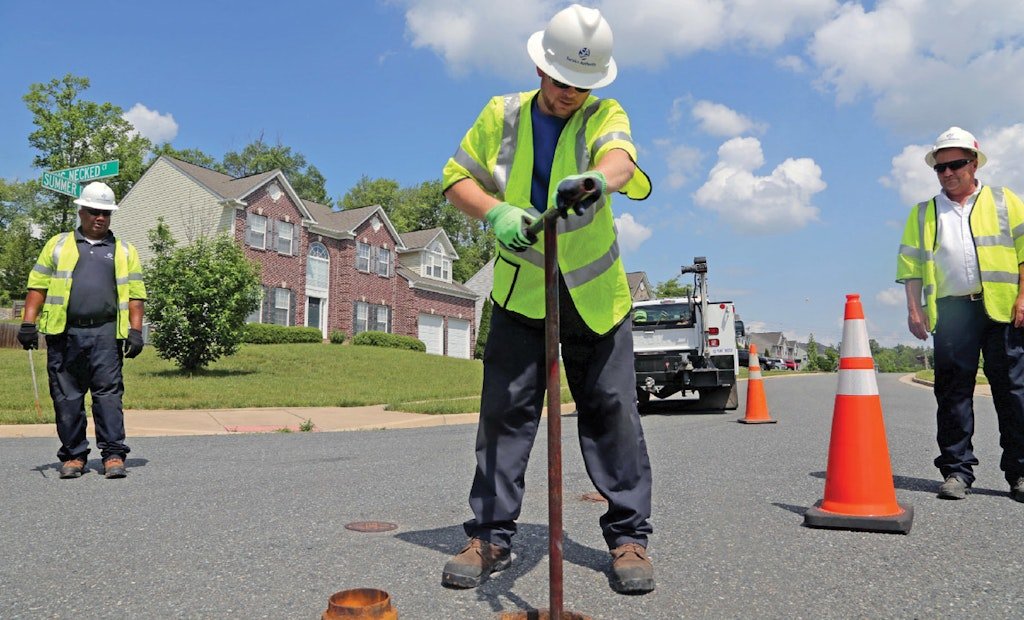Why in the News?
- Climate activist Sonam Wangchuk was detained in Leh under the National Security Act (NSA), 1980 after protests demanding statehood and Sixth Schedule protections for Ladakh turned violent.
- The incident has once again brought the debate on preventive detention laws and the scope and misuse of the NSA into the spotlight.
Key Highlights
- Background of the NSA
- Preventive detention in India dates back to colonial times, with laws used to curb dissent during wars.
- After Independence, the Preventive Detention Act, 1950 and Maintenance of Internal Security Act (MISA), 1971 were enacted.
- MISA was repealed in 1978 after its misuse during the Emergency, leading to the enactment of the National Security Act, 1980.
- What the NSA Provides?
- It was enacted to consolidate preventive detention laws after repeal of MISA.
- The Act empowers the Centre, States, District Magistrates, and Police Commissioners to detain individuals if their actions are deemed “prejudicial” to defence, foreign relations, security, public order, or essential supplies.
- It allows detention up to 12 months, with provisions for review by an Advisory Board of High Court judges.
- Grounds for detention must be communicated within 5 to 15 days, and the detainee may file a representation.
- It provides broad discretion, making it prone to political misuse.
- Punishments under NSA
- The NSA is a preventive detention law, not a punitive one.
- Hence, there is no “punishment” in the traditional sense like imprisonment after conviction.
- Instead, a person can be detained without trial for:
- Up to 12 months (maximum period).
- The government can revoke detention earlier if deemed unnecessary.
- In some cases, detention orders can be extended in smaller intervals before reaching 12 months.
- Remedies under NSA
- Representation to the Government: The detainee can make a representation against detention directly to the government.
- Advisory Board Review: An Advisory Board of High Court judges must review detention within 3 weeks and order release if no sufficient cause is found.
- Judicial Review: The detainee can approach the High Court (Article 226) or Supreme Court (Article 32) through writ petitions (e.g., habeas corpus).
- Revocation by Authorities: The Centre or State government can revoke detention orders at any stage.
- Safeguards under NSA
- Communication of Grounds:
The detainee must be informed of the reasons for detention within 5 days (extendable to 15 days). - Time-bound Review:
The Advisory Board must review within 3 weeks of detention. - Maximum Limit:
Detention cannot ordinarily exceed 12 months. - Periodic Review:
Detention orders must undergo periodic review to check their validity. - Judicial Oversight:
Courts can intervene if detention violates fundamental rights or lacks sufficient cause.
- Communication of Grounds:
- Limitations
- Detainees cannot have legal representation before the Advisory Board.
- The government may withhold facts citing public interest.
- Thus, while safeguards exist, wide discretionary powers lie with authorities.
- Past Instances of NSA Usage
- Amritpal Singh (2023): Radical preacher detained and sent to Assam.
- Chandrashekhar Azad (2017): Booked in UP, released after SC intervention.
- Anti-CAA Protests (2020): Several protestors booked in UP.
- Kafeel Khan (2020): Allahabad HC quashed detention.
- Used in cases of cow slaughter, “Love Jihad,” and black-marketing, raising concerns of overreach.
Key Terms
- Preventive Detention
- A constitutional provision under Article 22 permitting detention without trial for specified periods.
- Unique to India’s Constitution; rare in democratic nations.
- Intended for prevention, not punishment.
- Maximum parliamentary limit: 3 months without Advisory Board approval.
- Often criticised for conflict with Article 21 (Right to Life and Liberty).
- Advisory Board
- A body of sitting High Court judges constituted to review detentions under preventive detention laws.
- Must decide within 3 weeks whether detention is justified.
- Works as a check against executive overreach.
- Proceedings are not open to public scrutiny.
- Does not permit detainees to have legal representation, limiting its effectiveness.
- Article 226 and Article 32
- Provide citizens the right to constitutional remedies.
- Article 226: High Courts can issue writs to protect fundamental rights and for “any other purpose.”
- Article 32: Supreme Court can issue writs to enforce fundamental rights.
- Serve as judicial safeguards against preventive detention misuse.
- Often used to secure release from arbitrary detention.
- Sixth Schedule of the Constitution
- Provides for autonomous district councils in certain tribal areas of Assam, Meghalaya, Tripura, and Mizoram.
- Ensures protection of tribal culture, land, and governance rights.
- Ladakh activists demand inclusion to safeguard local identity and resources.
- Would grant legislative, judicial, and executive powers to local councils.
Implications
- For Civil Liberties
- Raises concerns about freedom of speech and dissent.
- Preventive detention without trial challenges fundamental rights.
- For Governance and Law Enforcement
- Provides governments with quick pre-emptive action tools to manage unrest.
- Risk of political misuse undermining credibility of administration.
- Judicial Oversight
- Courts play a critical role in balancing security and rights.
- Past verdicts striking down unjustified detentions show judicial vigilance.
- Political and Social Impact
- May escalate tensions in sensitive regions like Ladakh.
- Can also deter future protests but risks alienation of local populations.
- Long-Term Democratic Concerns
- Repeated use of preventive detention laws normalises extraordinary powers.
- Weakens trust between state and citizenry, creating a security–rights dilemma.
Challenges and Way Forward
| Challenges | Way Forward |
| Wide discretion under NSA enables possible misuse. | Introduce parliamentary oversight and stricter review mechanisms. |
| Lack of legal representation before Advisory Board weakens safeguards. | Amend law to allow legal aid for detainees. |
| Ambiguous definitions of “public order” and “security.” | Provide clearer legal definitions to prevent arbitrary use. |
| Frequent use for non-security matters (e.g., cow slaughter, protests). | Restrict NSA strictly to national security threats. |
| Public mistrust and rights concerns in affected communities. | Promote dialogue-based conflict resolution and reduce overreliance on coercive laws. |
Conclusion
The detention of Sonam Wangchuk under the NSA illustrates the tension between state security and individual liberties. While preventive detention laws provide governments with tools to maintain order, their broad and unchecked application risks eroding democratic freedoms. Moving forward, a balanced approach—ensuring accountability, judicial oversight, and protection of fundamental rights—is crucial to uphold both security and democracy.
| EnsureIAS Mains Question
Q. Critically examine the role of the National Security Act (NSA) in balancing national security with the protection of civil liberties. Suggest reforms to prevent its misuse. (250 Words) |
| EnsureIAS Prelims Question
Q. Consider the following statements regarding the National Security Act (NSA), 1980: 1. The NSA allows preventive detention for a maximum period of 6 months only. 2. An Advisory Board of High Court judges must review the case within 3 weeks of detention. 3. The detainee has the right to legal representation before the Advisory Board. Which of the above statements is/are correct? Answer: (b) 2 only Explanation: Statement 1 is incorrect: The NSA allows detention up to 12 months, not just 6 months. Statement 2 is correct: An Advisory Board must review detention within 3 weeks. Statement 3 is incorrect: The detainee cannot have legal representation before the Board. |
|
Also Read |
|
| UPSC Foundation Course | UPSC Daily Current Affairs |
| UPSC Monthly Magazine | CSAT Foundation Course |
| Free MCQs for UPSC Prelims | UPSC Test Series |
| ENSURE IAS NOTES | Our Booklist |





